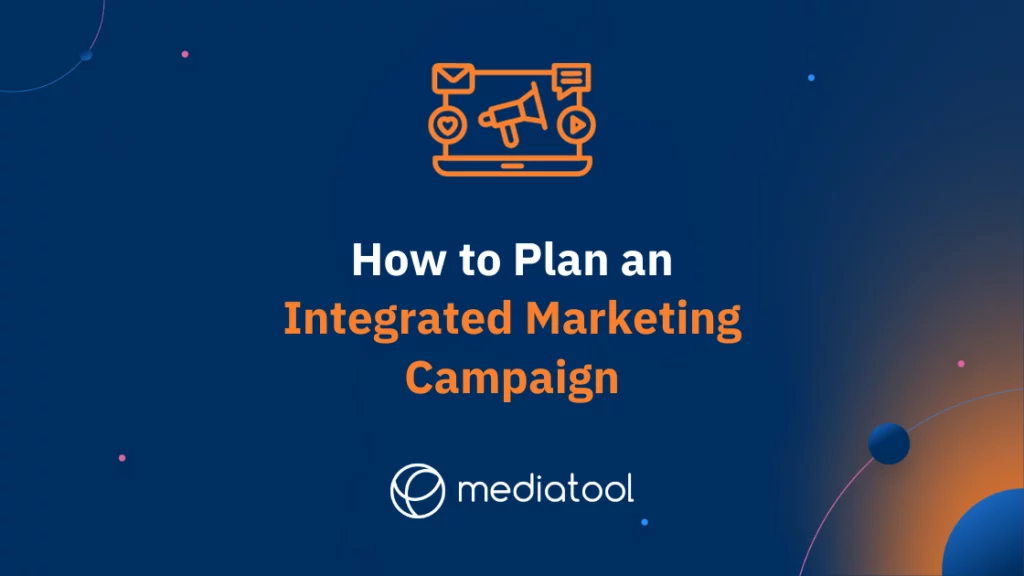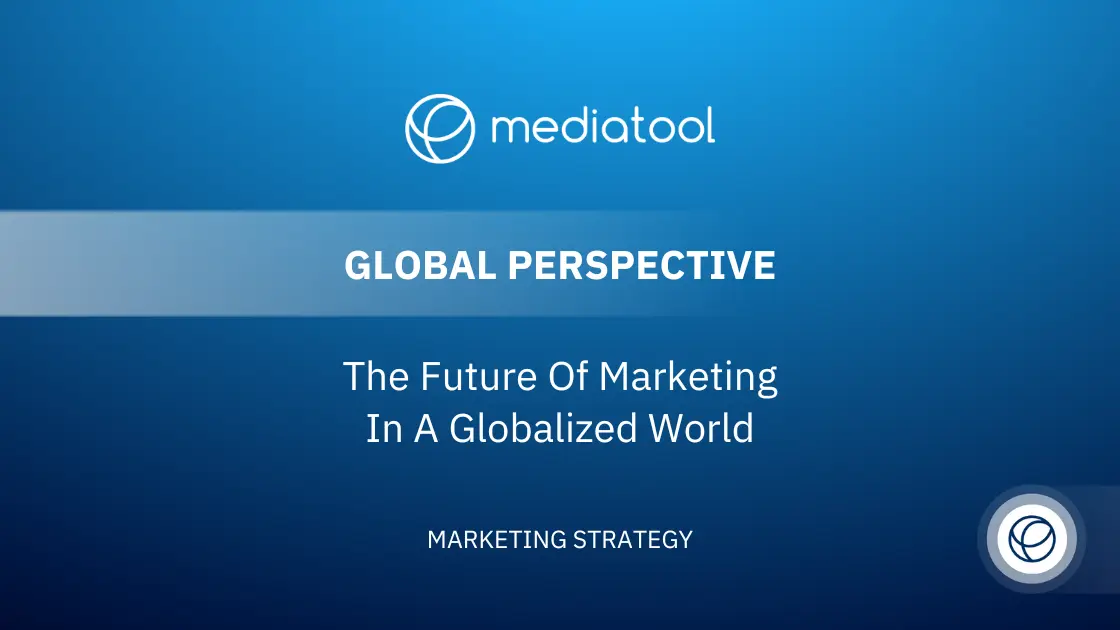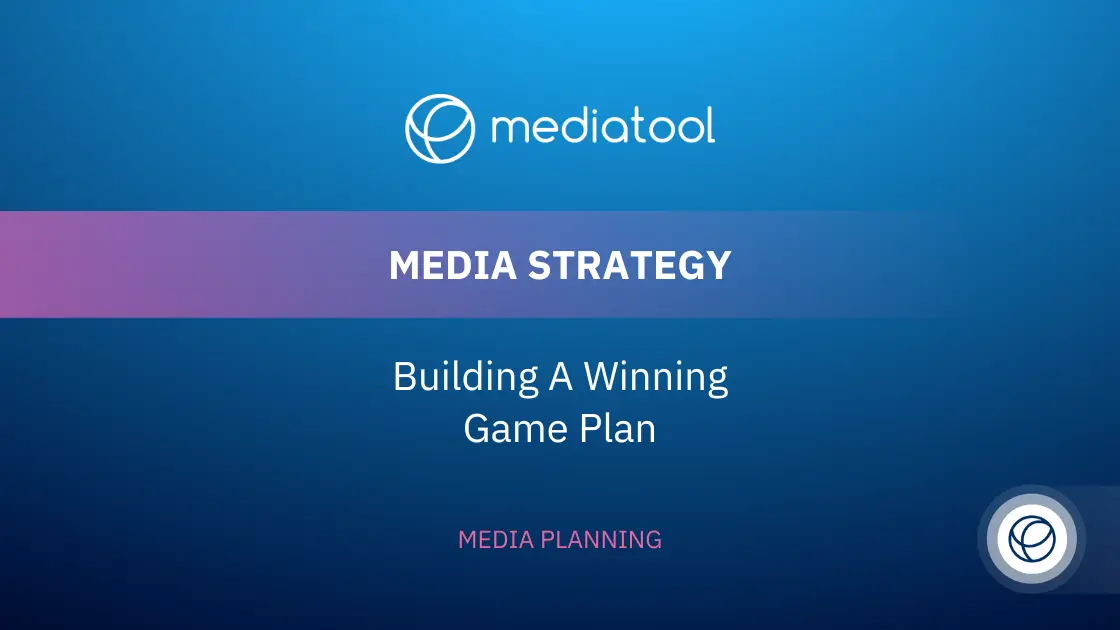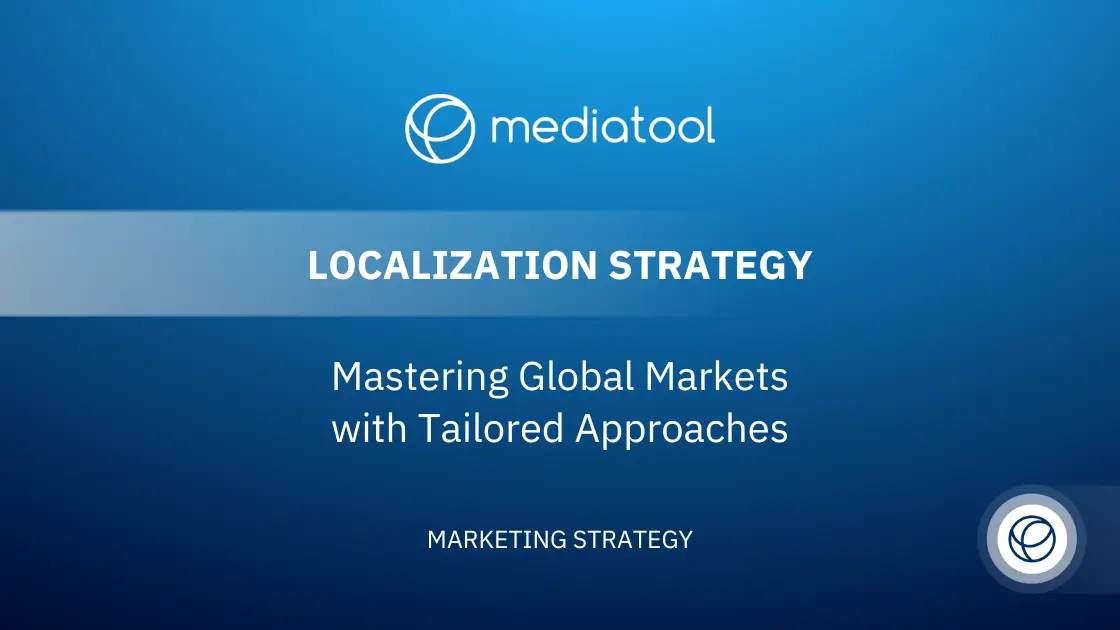Just a few years ago, integrated marketing was cutting-edge.
But as consumers call for personalized content, and MarTech makes it easier to plan, manage, and optimize complex marketing, integrated campaigns are the norm.
Integrated media planning is essential for personalized marketing. So if you’re eager to engage your audience and boost brand loyalty, this guide to building an integrated marketing campaign is for you.
First Things First: What is an Integrated Marketing Campaign?
Defining Integrated Marketing Campaigns (IMC)
An integrated marketing campaign, often synonymous with integrated marketing communication or “IMC,” represents a strategic approach in marketing. It employs consistent messaging across multiple channels, like social media campaigns, radio ads, television ads, and direct marketing strategies, to deliver a unified brand experience. This method stands in contrast to multichannel marketing, which often customizes messaging for each platform or audience.
Goals and Benefits of Integrated Marketing
The primary goal of an integrated marketing strategy is to ensure a seamless customer experience across all brand touchpoints. Consistency in messaging is crucial for enhancing brand recognition and building brand loyalty. For marketing teams, the best integrated marketing campaigns exemplify the ability to synchronize campaign content across various platforms, streamlining the marketing plan and maximizing campaign effectiveness.
Components of A Successful Integrated Marketing Campaign
Integrated campaigns typically combine owned, paid, and earned media, ensuring comprehensive coverage across all possible avenues. This approach might include everything from crafting engaging subject lines in email marketing to developing creative content for social media posts, all aligned under the same campaign themes and objectives.
Impact on Audiences
For audiences, experiencing an integrated marketing campaign translates to a consistent and cohesive brand narrative. Whether encountering a tv commercial, engaging with a social media campaign, or reading a tweet, the audience receives a unified message. This coherence across different marketing channels is instrumental in not just attracting new customers but also retaining existing ones, ultimately contributing to long-term business success and standing as prime examples of integrated marketing.
Key Strategies for Success
Successful integrated marketing campaigns often involve key strategies that include a mix of creative, data-driven, and user-focused approaches. Companies strive to create memorable campaigns, such as the hilarious animated Hulu awards, that resonate with their target audience while aligning with the overall company-created brand image.
Why is Integrated Marketing Important?
The media landscape is expanding, seemingly without end. Consumer behavior is evolving. Overlaying all that, the clock is ticking on third-party cookies, presenting marketers with a unique challenge.
Marketers must cut through the noise and provide authentic, personalized customer experiences while working with tight budgets to time-poor people.
- 72% of consumers want to be engaged with an integrated marketing approach, but only 39% are receiving it
- 87% of US internet users use more than one device when browsing online
- 61% of consumers expect brands to provide what they need when they need it
The solution isn’t to do more and hope it works. Instead, it’s to use marketing data to its full potential.
Integrated Marketing Campaigns: Key Benefits
Reach a Wider Audience
Integrated marketing campaigns span multiple channels, including digital platforms, traditional marketing like radio and television ads, and social media. This extensive reach is crucial for engaging with a diverse customer base and driving brand awareness.
Balance Short-Term Results with Long-Term Brand Growth
By strategically using various channels, integrated marketing ensures immediate customer engagement while building sustainable brand recognition and loyalty. This balance is vital for long-term business success.
Increase Recall and Recognition Potential
Consistent messaging across different marketing channels, from email marketing to social media campaigns, enhances brand recall. When customers encounter similar messages in various formats, it strengthens brand memory and recognition.
Generate Consistency and Credibility
Integrated marketing campaigns deliver a uniform message, reinforcing the brand’s credibility. Consistent messaging across multiple sources, like print ads and digital content, establishes a trustworthy brand image.
Repurpose Assets to Reduce Content Development Costs
By reusing campaign content across different channels, such as using the same visuals and themes in social media posts, tv commercials, and public relations efforts, brands can significantly cut down on content creation costs.
Enhance Customer Experience
A seamless and cohesive messaging experience across all platforms, including online advertising and offline marketing, improves the overall customer experience. This consistency helps in meeting customer expectations and boosting customer satisfaction.
Drive Sales and Expand Customer Base
Effective integrated marketing campaigns are designed to capture the attention of potential customers and convert them into loyal ones, thereby driving sales and expanding the customer base.
Leverage Data for Targeted Marketing
With integrated marketing, brands can use data analytics and customer data to tailor their campaigns to specific audience segments, ensuring more effective and personalized marketing efforts.
How to Build an Effective Integrated Marketing Campaign
1. Set a strategy
Before considering what channels to use, consider who you’re targeting and, most importantly, why.
Take inspiration from established brands like AirAsia and Facebook (sorry, Meta), who rebranded to reach younger audiences. Then there’s Gillette’s The Best Men Can Be campaign, modernizing the brand’s iconic (if outmoded) tagline.
Or there’s always Coca-Cola. The long-running Share a Coke campaign de-branded an icon and spurred a ton of user-generated content. Over a decade, the story remained coherent across 80 markets and countless mediums.
In Coke’s case, the integrated marketing campaign increased market share by up to 4% and reversed a decade of declining sales in the US.
A solid strategy forms the foundation for campaign goals, marketing KPIs, and engagement tactics
2. Know your audience
According to Accenture, 91% of customers were likelier to shop with brands that offered relevant recommendations. And 90% of leading marketers use personalization tactics to boost profitability.
The bottom line? Personalization pays off.
Integrated campaigns need to demonstrate that the brand understands its audience. It’s the only way to create an authentic connection and build brand loyalty.
You need to know the following:
- Where they consume content
- Their motivations and barriers
- Demographic data
- Purchase or interaction history (if you have it)
Use any data to unearth a critical insight that will spread across the integrated campaign.
For broader brand campaigns or always-on advertising, segment your audience into personas. This helps to craft relevant messaging without needing to know thousands of people on a first-name basis.
3. Channel strategy
Campaign goals and deep audience insight will be vital to defining your channel mix for IMC campaigns.
- What channels do you have available?
- Where is your audience most active?
- Do those channels link up with your goals?
- Do you need to establish new channels?
- What balance of above-the-line and below-the-line activity will work best?
The media universe is almost as vast as the observable universe. That might be an exaggeration, but there are more than a few channels to choose from.
“Integrated marketing campaign” doesn’t mean establishing a presence on every possible platform. Don’t be scared to exclude low-performing channels, as the intention is to optimize resources and reach your audience where they are.
Use data to drive decision-making. Integrated campaign management platforms like Mediatool provide all the data you need to determine the channels, content, and creative with the highest potential value.
Tip: Don’t forget about the offline activity—90% of shoppers who visit brick-and-mortar stores research online before making the trip.
4. Create reusable content
One of the most significant benefits of integrated media planning is the ability to repurpose content to use on a different platform.
Repurposing content reduces costs and creates familiarity.
Whatever content you create (video ads, graphics, imagery, etc.), make it adaptable. For example, a three-minute TV spot can be adapted into still images, GIFs, HTML5 banners, or a YouTube pre-roll.
As you repurpose content, ensure the USP remains clear, consistent, and relevant. The basis of integrated marketing brand familiarity throughout the user journey.
Your next challenge is scheduling content. With so many channels in play, integrated media planning can become chaotic. Mediatool simplifies the task, giving you tools to plan, schedule, and collaborate on complex content plans. After going live, real-time data from all your channels flows back into your campaign dashboard so you can track, measure, and optimize activity.
Because it’s built for global brands and growing agencies, Mediatool supports IMC right out of the gate.
5. Launch, measure, and optimize
The work doesn’t stop after the campaign goes live.
Quite the opposite.
Integrated marketing campaigns are like an orchestra: when all the players are in harmony, it’s beautiful. But if the violins speed up or the flutes fall out of tune, the audience will soon look for the exits.
In this metaphor, you’re the conductor. To keep everyone in sync, you’ll need a holistic view of campaign data that updates in real-time.
That’s what Mediatool provides.
With third-party integrations, real-time target tracking, flexible data filtering, and powerfully simple reporting, you remain in control of content and budgets. See which creatives and channels perform best, unearth audience behavior insights, and optimize your approach with reliable data.
6. Bonus tip: Budgeting for integrated marketing campaigns
We don’t need to remind you that marketing plans cost money. Back in 2020, HubSpot’s State of Marketing report showed that 91% of marketers were ‘somewhat confident’ or ‘very confident’ their efforts influenced revenue. And yet, only 75% reported on how marketing directly impacts revenue.
We can’t stress this enough: proving marketing ROI helps your chances of receiving a bigger budget next time.
The most effective way to do this is by connecting marketing to customer value. In other words, report on metrics demonstrating how your efforts led to higher revenue, more leads in the pipeline, or greater lifetime value.
7. Equip your team with the right tools
Finally, we come to the pointy end of integrated marketing.
More channels mean greater complexity in the media planning and delivery stages. More data sources to track, more risk of missing material deadlines, and more analysis to optimize performance and budget allocation.
40% of marketers say their biggest challenge in integrated marketing is trying ‘advanced techniques. Likely that’s because they’re spending too much time chasing down data and figuring out what it all means.
With the right marketing campaign management tool, you can forget about the endless spreadsheets and data comparisons and benefit from:
- Real-time data tracking from all channels
- Target analysis
- Flexible dashboards to view and export results
- Collaboration tools to plan and deliver campaigns
- Mid-campaign optimization driven by useful data
- Drill down on regions, audience segments, channels, etc.
- Value-adding insights
- A single source of truth for the entire team
Mediatool is the key to streamlined, integrated media planning and marketing campaign delivery.
As marketers, we set out to create an end-to-end campaign management platform that reduces admin time and streamlines integrated campaign delivery.
Mediatool is built for the post-cookie, post-funnel, post-linear, post-guesswork marketing era. From collaborative media planning to third-party integrations, real-time target tracking, and visually stunning reporting, Mediatool makes the complex seems simple.
Read more about Mediatool for brands and agencies, or get in touch for a guided tour.
Conclusion: The Essence of Successful Integrated Marketing Campaigns
As we wrap up our guide, it’s clear that integrated marketing campaigns have become essential in today’s multifaceted media world. Integrated marketing goes beyond just using multiple marketing channels; it involves creating a consistent message across all platforms, from social media to traditional direct marketing, ensuring a cohesive brand experience. Successful integrated marketing campaign examples will leverage user-generated content, omnichannel marketing, and innovative approaches like social media campaigns to effectively reach the target audience.
Examples of integrated marketing show that the best campaigns use a mix of marketing strategies, including social media marketing and sales promotions, to deliver consistent messaging. This approach not only captures the attention of a diverse customer base across several channels but also resonates deeply with the target audience, leading to more impactful marketing efforts.
Integrated marketing communications are key to these campaigns, ensuring that every marketing channel, from TV ads to social media posts, works in harmony. This strategy is a crucial element in future campaigns, as it enables marketing teams to build successful marketing campaigns with a unified theme.
In essence, integrated marketing is about crafting marketing campaigns that are not just widespread across various channels but are also aligned in their message and approach. This harmony in messaging is what makes integrated marketing campaigns stand out and drive successful outcomes.





